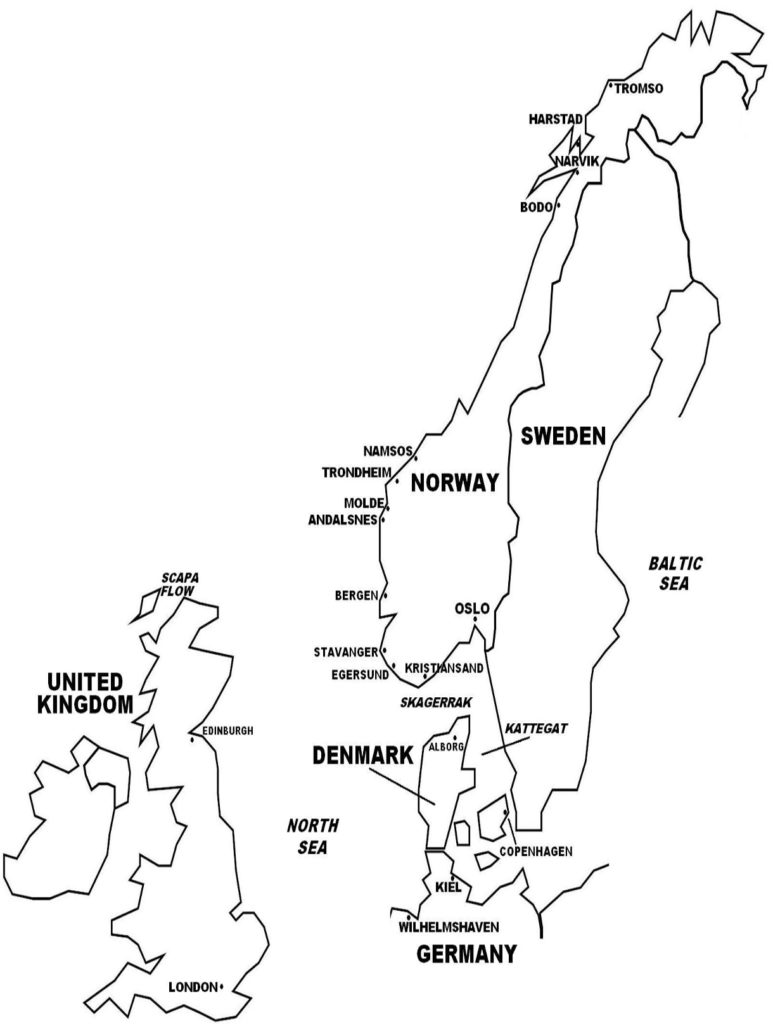On May 28, 1940, Allied forces (Norwegian, French, Polish and British) captured Narvik in northern Norway, with the Germans fleeing toward the Swedish border. The German commander considered crossing into Sweden, where his forces would be interned by the Swedish Army.

(Excerpts taken from Wars of the 20th Century – World War II in Europe) By then however, Narvik and Norway as a whole had become inconsequential to the Allies because of the dire events now taking place in France. On May 10, 1940, Germany invaded France, and two days later, German forces made a stunning advance through the Ardennes that led to the rapid collapse of Allied resistance and the forced evacuation in Dunkirk of the British Expeditionary Force, as well as some French units, to Britain in late May 1940. By the time the Allies captured Narvik, France was fighting for its own survival, and Britain was gearing up for the defense of the homeland.
On May 24, the Allied High Command decided to evacuate its forces from northern Norway, and the order for its implementation was sent to the Allied command in Norway, with instructions to carry out the attack on Narvik as a cover for the Allied withdrawal. On June 7-8, 1940 under Operation Alphabet, British, French, and Polish forces were evacuated from Norway for Britain, together with King Haakon VII, the royal family, and Norwegian Cabinet.
Background The Allied objective in Narvik was to stop the Germans from capturing the whole of Norway. The Allies had also made landings in central Norway, but these were turned back. By the time of the Narvik landings, the Germans had captured the whole of southern Norway, including the capital Oslo, as well as other key sites including Bergen, Kristiansand, and Egersund in the south and Trondheim in central Norway. With the Allied withdrawal from Narvik, the whole of Norway came under German control.
